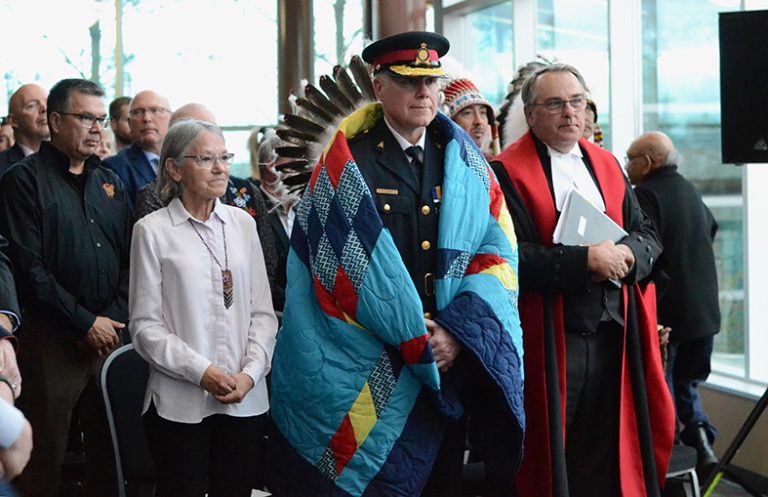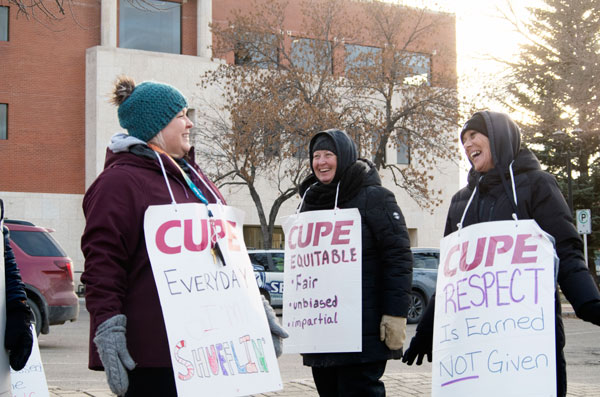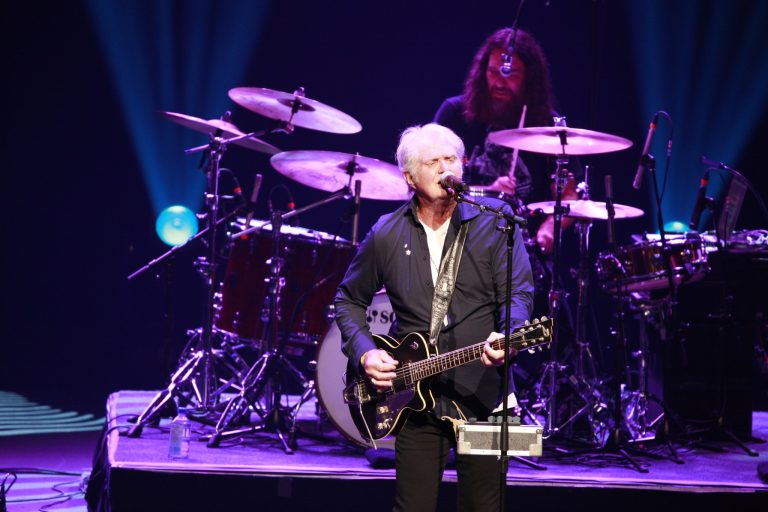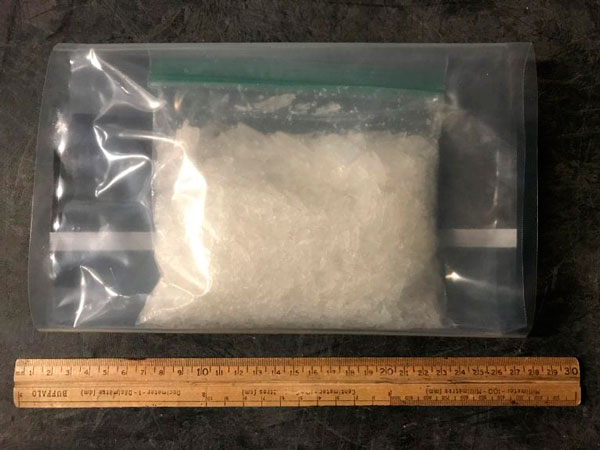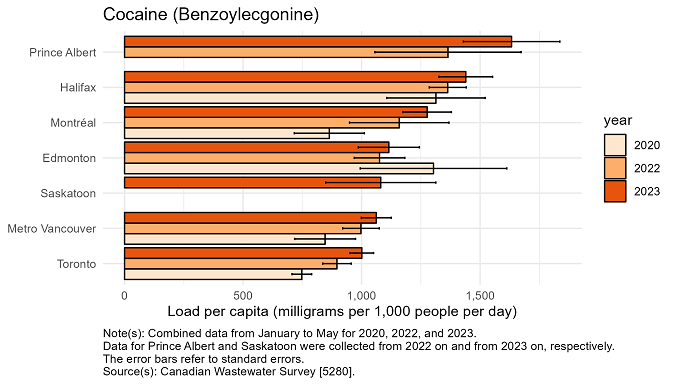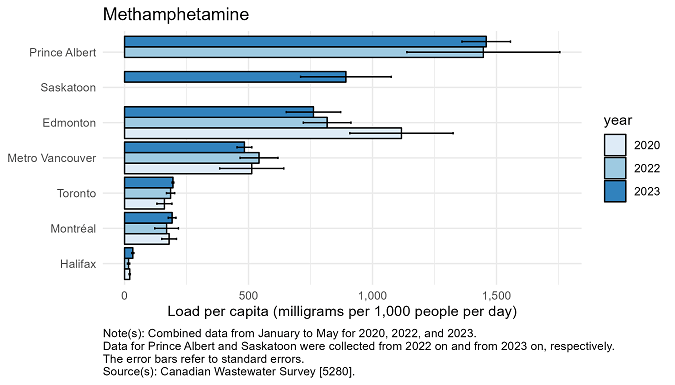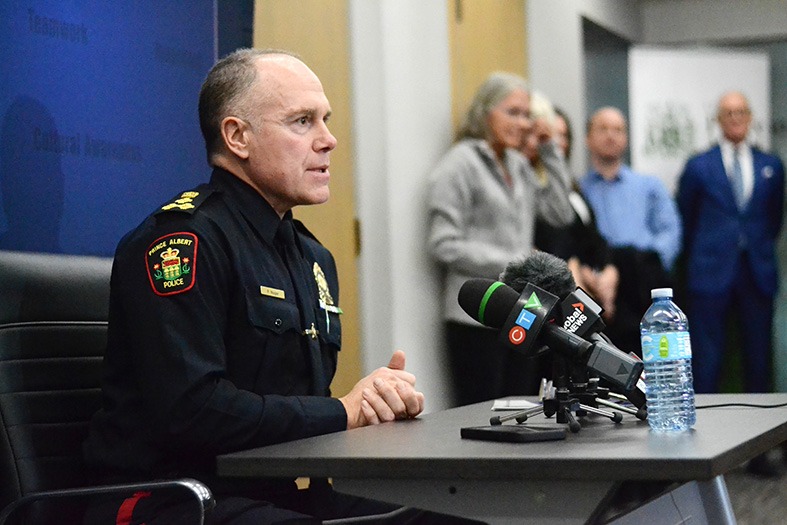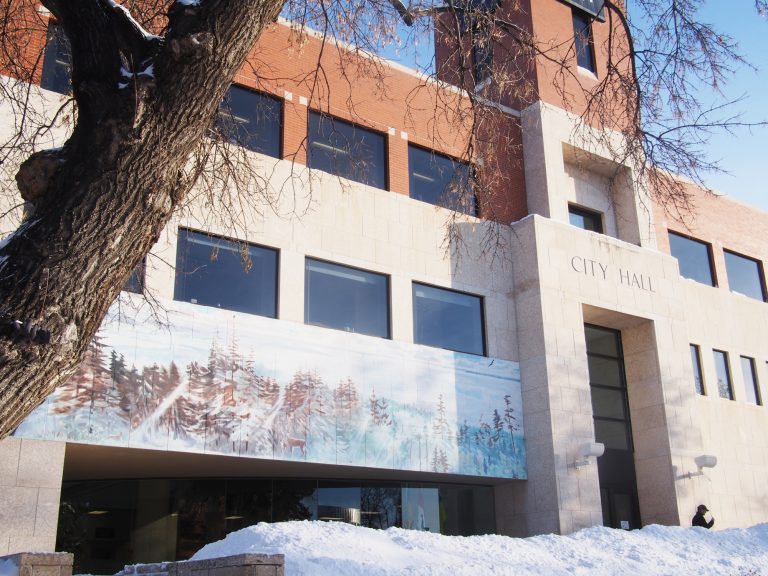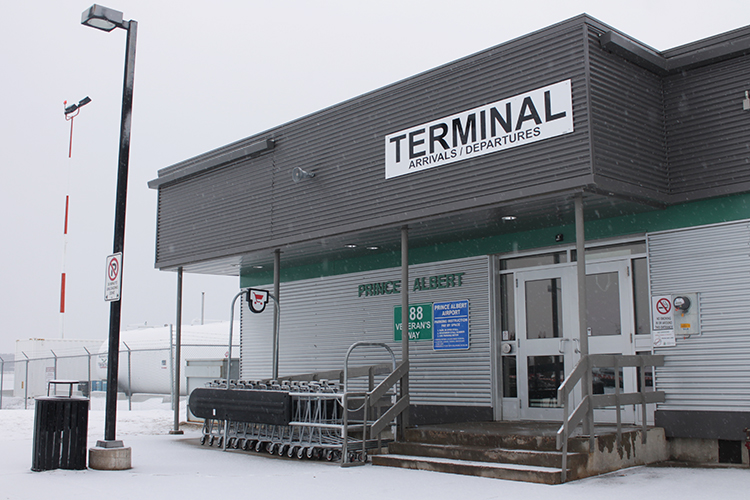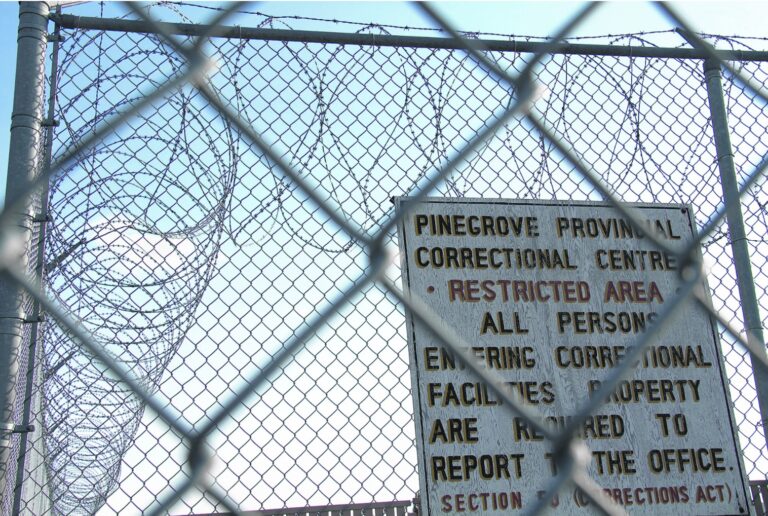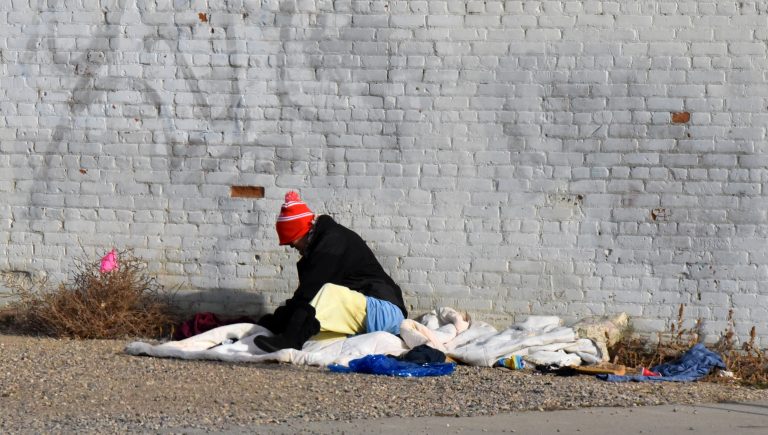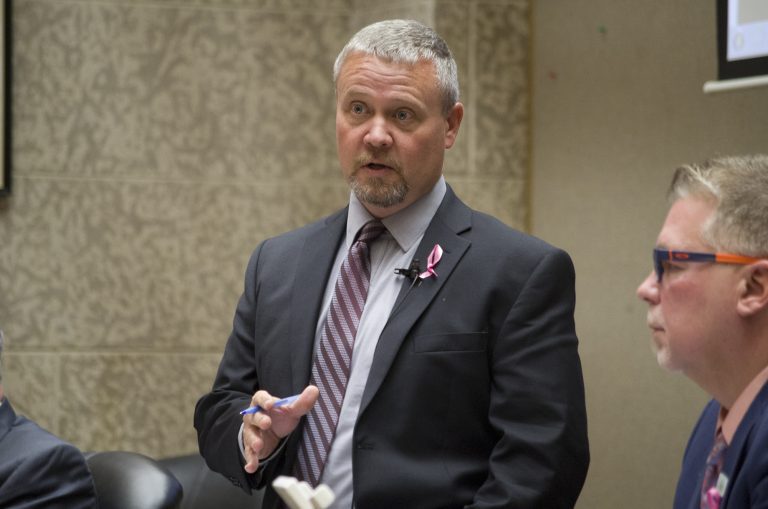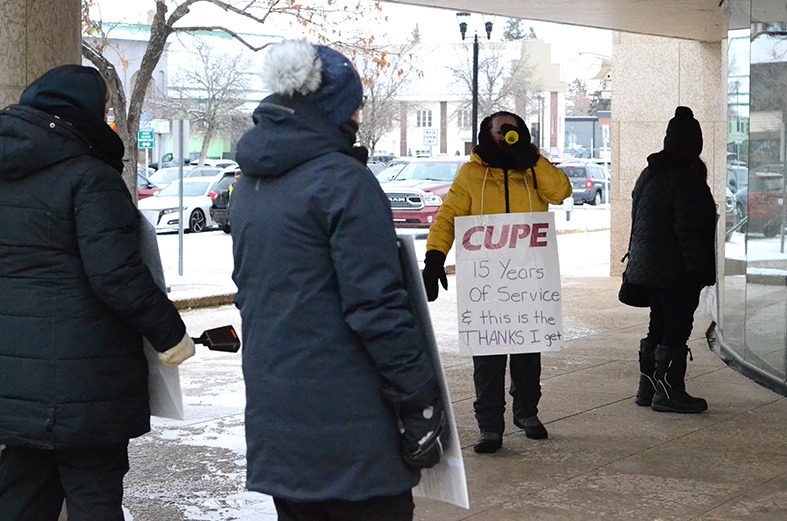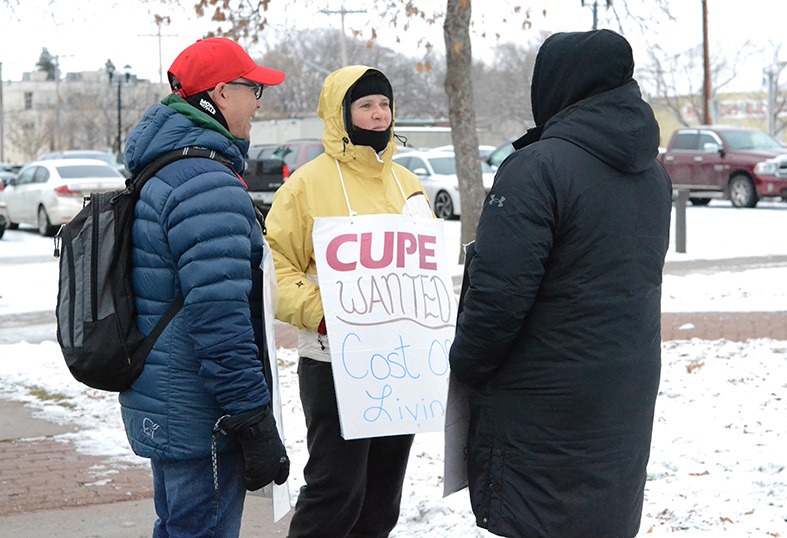When Janet Carriere witnessed Patrick Nogier’s natural leadership abilities, she knew Prince Albert’s Board of Police Commissioners would offer him the critical role of chief.
“He walked into the police service and he could already see a lot of the things that could be made better,” said Carriere, the commission’s chair.
“Almost immediately, he brought the morale of the officers up, and that was key because their morale was very low.”
Nogier was sworn in as Prince Albert’s police chief on Wednesday.
He was appointed in the interim position on a six-month contract that ended in November. After months of weighing the pros and cons, Nogier said he decided to accept the position permanently.
“I can work out of my comfort zone and really try and contribute to a community that needs it, or I could’ve stayed somewhere where I would’ve been more comfortable. I just felt that this was the right fit,” he said.

Nogier previously served as the superintendent for the Criminal Investigations Division in Saskatoon.
He said he never envisioned transferring to a smaller force that receives less funding and less resources. Yet, especially in Prince Albert, the police service is still tackling “big city issues” such as addictions, gang activity and high rates of violence.
At his swearing in ceremony, Nogier spoke about earning the trust of the community through as much transparency as possible. That can be difficult, he said, since the police service is often bound by confidentiality and due process.
“There’s no template about how to be a chief. All I can bring is sincerity and honesty about what I want to bring to the job,” he said.
“I won’t ask for that trust. I’ll show them that trust. It will be through the dialogue; it will be through communication; it will be through a willingness to listen to perspective. That’s the only way.”
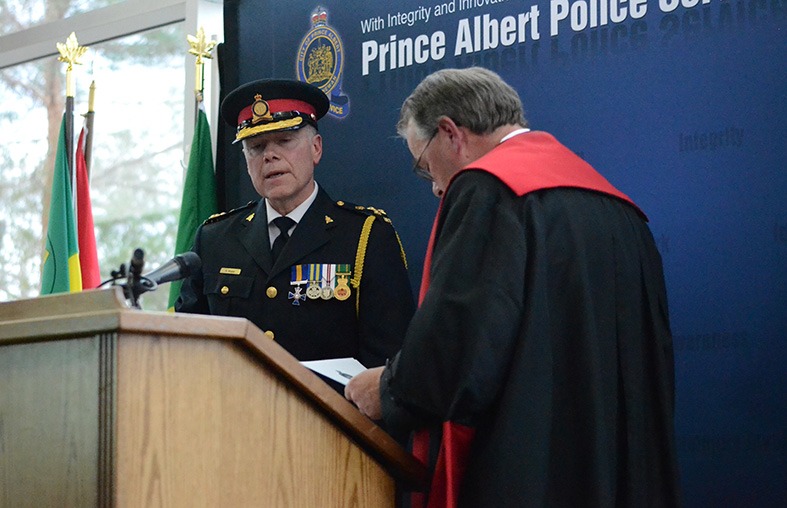
The relationship between the Prince Albert Police Service and the Indigenous community has been a point of tension in recent years.
The Federation of Sovereign Indigenous Nations (FSIN) and the Prince Albert Grand Council (PAGC) voiced the need for change after Sgt. Tyson Morash was criminally charged in the in-custody death of Saul Laliberte.
Another officer, Cst. Dillon Husky, is facing three counts of common assault in separate cases.
Although Nogier was not part of the police service during the incidents in question, he was responsible for re-assigning Husky to administrative duties and relieving Morash from duty completely.
That was one of the reasons that former Chief Jon Bergen said he needed to step down. After allegedly receiving harassment from members, he said his decisions involving officers could be viewed as biased.
Nogier said he’s trying to mend relationships with local Indigenous peoples by taking part in traditional ceremonies, such as sweats.
“You have to know the past before you can move forward with the future, and you have to know what wasn’t working. You have to know why certain people have certain perceptions of police and get a better understanding for that,” he said.
Several Indigenous leaders welcomed Nogier at the ceremony.
Elder Liz Settee gifted Nogier a yellow cloth representing her traditional name, Yellow Calf. Glen McCallum, president of the Metis Nation – Saskatchewan, invited him to participate in Back to Batoche Days in the summer.
Settee and Elder Leonard Ermine also gifted Nogier a starblanket.

Carriere said if Nogier hadn’t accepted the offer, the board would have had to find a headhunter to search for candidates. She said that option would have been “scary,” not knowing exactly who they were bringing in.
She was relieved that wasn’t the case.
“I already see that he looks at his staff as his family and that he’s the leader of that family and that he needs to pull them in and pull them all together and make sure that they’re all okay,” said Carriere about Nogier.
“He’s not a boss; he’s a leader.”



